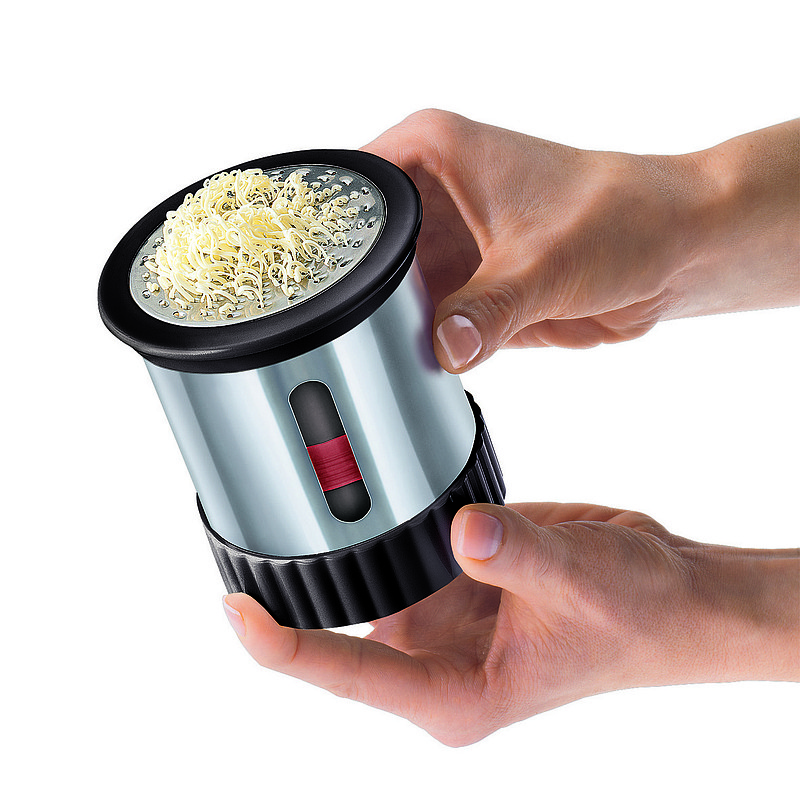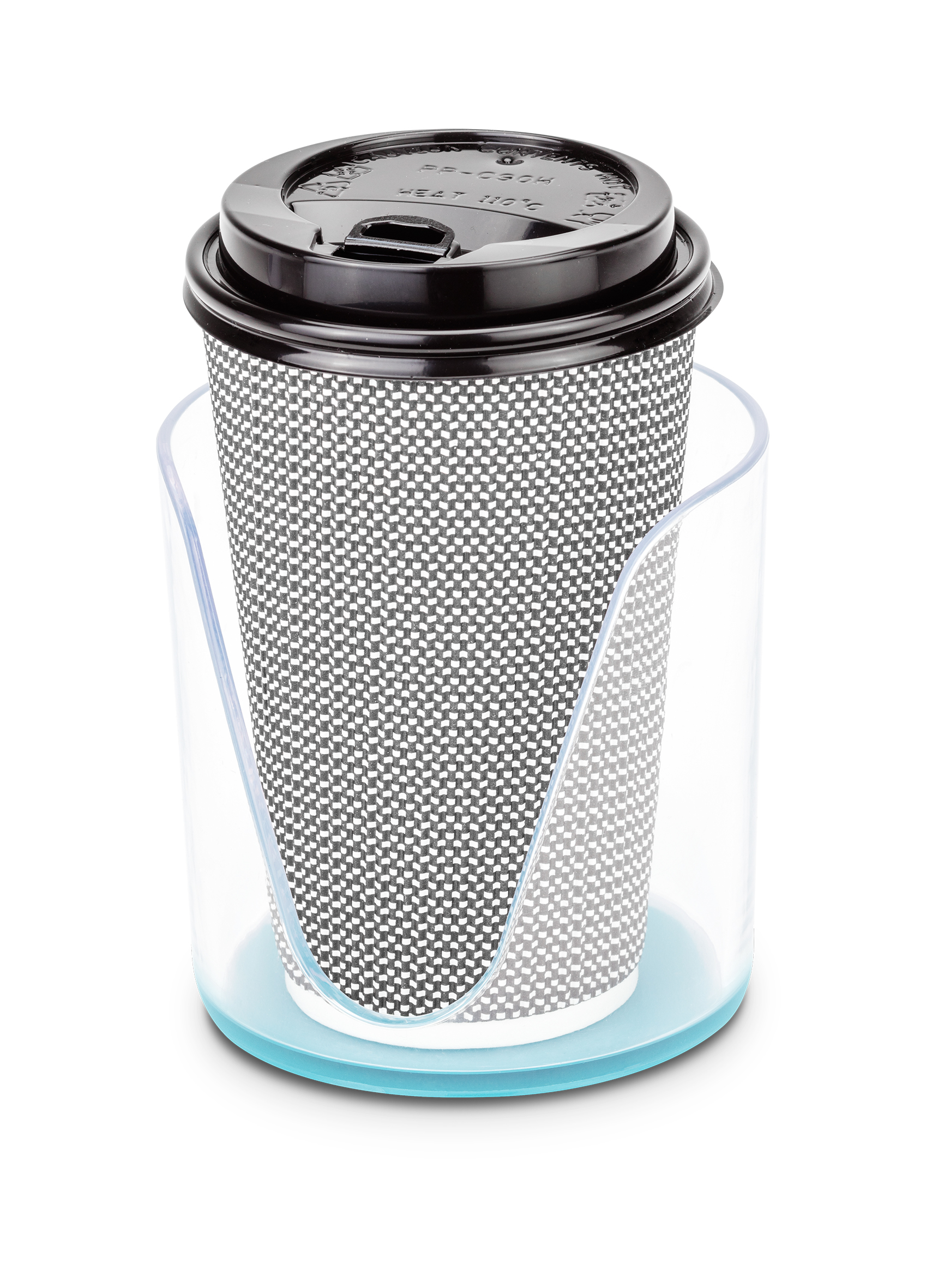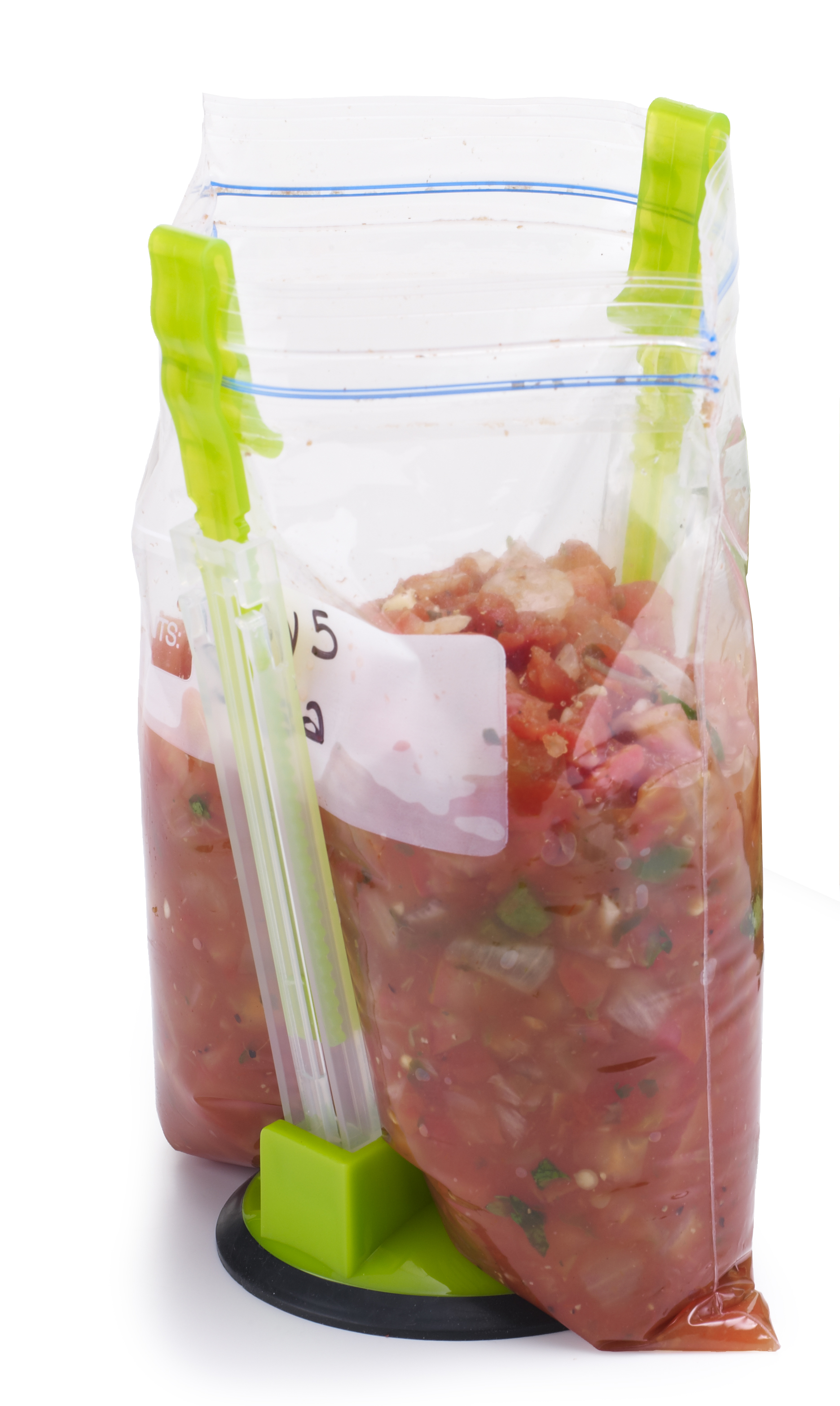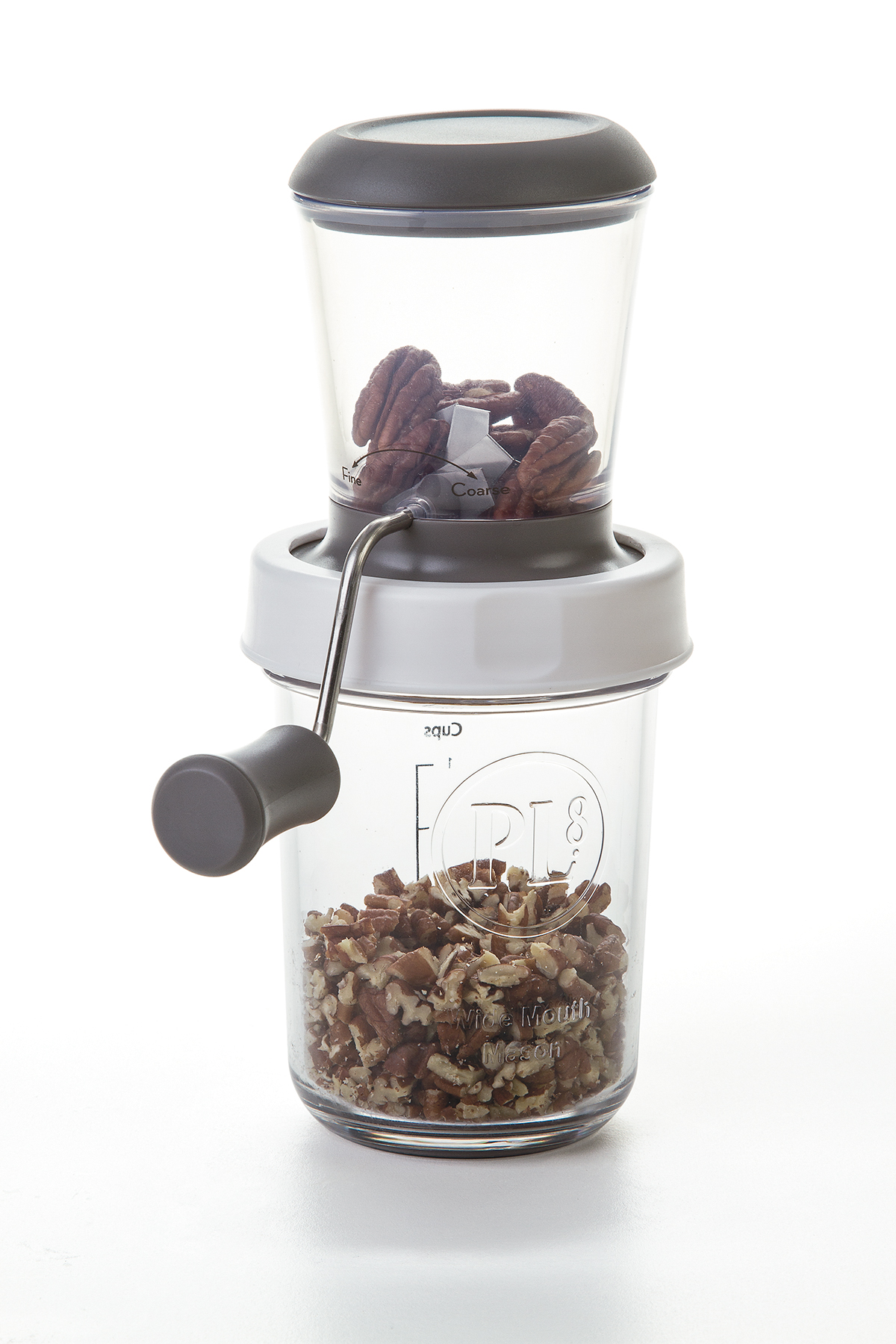As we get older, the simplest of meal preparations often becomes the most difficult. Removing the lid from a jar can be painful. Twisting the cap off a bottle becomes impossible.
Aging gracefully is one thing, but it still can hurt. As a result, manufacturers of kitchenwares are devising new products specifically aimed at baby boomers - the largest group of up-and-coming senior citizens to ever hit America.
Helping boomers navigate their aging bodies through the kitchen was a strong emerging trend at the recent International Home + Housewares Show, held annually in Chicago and showcasing thousands of new home-related gadgets from hundreds of vendors. The impact of Americans born between 1946 and 1964 is making a major impact on the American market, according to industry insiders.
"They dominate discretionary income, accounting for over 40 percent of discretionary spending in this country. Many of this segment is mortgage-free, and they are also about to be the inheritors of over $1 trillion being passed on by their parents They are a very critical part of the kitchenware market," says Susan Yashinsky, vice president of Innovation Trends who, along with Dr. Bryce Rutter, founder and CEO of Metaphase Design Group, presented a seminar on "Aging in Place" at the home show.
"Universal design is critical in the kitchen," she says, "and products from cutlery to cookware to appliances and tools will adapt to this next-stage environment."
The youngest baby boomers are in their early 50s, and many have children as well as themselves to buy for, making them multi-generational consumers and decision-makers. Americans also are living longer than ever, so many older boomers also have parents for whom they are caring.
"Seventy is the new 90, where we are both physically and mentally about 20 years younger than prior generations at the same age," Yashinsky says. "One in eight baby boomers will live to be 100."
When developing new products, designers now take aging into consideration, with eyesight and hand function topping the list.
"As our hands age, strength and range of joint motion decreases and our sense of touch slowly declines," Rutter says. "This combination directly impacts dexterity, feedback and ability to easily handle and operate many everyday products. Rotary knobs and push buttons that are easy to use by a 25-year-old consumer become challenging to a 60-year-old who, through natural aging, has lost more than 50 percent of her hand strength."
He also notes that, as our eyes age, glare and contrast become more of a problem. "Text, icons and control (knobs) that were easy to read when young now present challenges," he says.
According to AARP's 2011 "Aging in Place: A State Survey of Livability Policies and Practices," 90 percent of seniors older than 65 want to remain in their homes, so making it safe - both mentally and physically - is important.
"We know technology in future kitchenware appliances and products will create the 'smart' kitchen - cool for young people but essential for aging consumers where safety, memory and ease will be critical in product usage design," Rutter says. "Here is where technology and human-centric design will be very beneficial for the 79 million baby boomers."
Below are several of the new items introduced at the Home + Housewares show geared specifically toward the baby boomer generation - for themselves or for their parents. But millennials and Generation Xers might very well appreciate their usefulness, too.
* Cutting cold or frozen butter to spread on bread is tough if you have arthritis in your hands and wrists. The Butter Mill from Cooks Innovations enables one to simply twist a knob to produce small strands of butter that can be easily spread. $19.95 at amazon.com.
* Transferring food to a baggie can get messy, especially for older folks who live alone and don't have an extra hand to help. Jokari's Baggy Rack firmly holds a baggie open for a person to pour or scoop in leftovers. $7.55 at wayfair.com.
* The Stay N Eat plate from Stayware is ideal for someone with Parkinson's disease, enabling a diner to cut food without the plate ending up on the floor. Good for young children, too. $19.99 (includes shipping) at stayneatplate.com.
* The Spink cup holder from Dreamfarm wraps around a glass, cup or bottle and prevents it from spilling. A good choice for someone with Parkinson's or other neurological disorders that cause hand tremors. It's also good for the office and keeps drinks from spilling over into your keyboard. $24.95 at dreamfarm.com.
* The new Prepworks nut chopper enables people to chop nuts, garlic and other chunky food without the danger of using a knife. The oversized handle is easy on the hands and allows the user to switch between fine and coarse grinds. $11.77 at amazon.com., $12.99 at Bed, Bath and Beyond.
Contact Anne Braly at abraly@timesfreepress.com.



